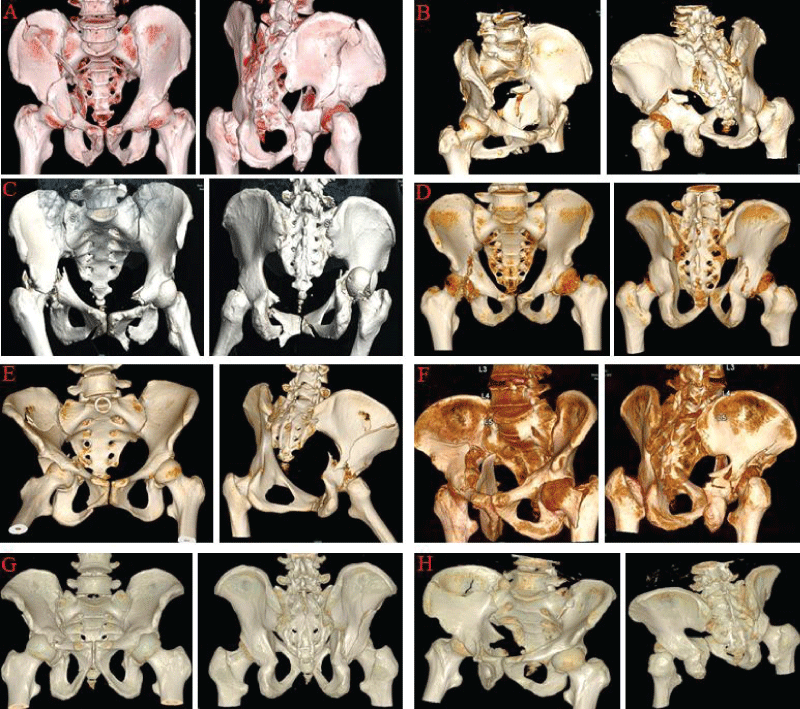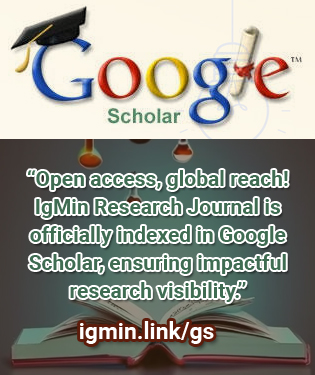要約
Background/Purpose: In recent years, the occurrence of pelvic fractures resulting from high-energy trauma has been steadily rising due to the accelerated advancement of the transportation sector. These types of which are associated with high rates of mortality and disability. This study aims to show essential viewpoints regarding quadrilateral plate fracture and classification.
Method: During the period from September 2022 to December 2023, data collected from two hospitals in Xianning city, China, including patients diagnosed with pelvic fractures. Moreover, the patients were included in the analysis after applying specific inclusion and exclusion criteria. The collected data, including age, gender, mechanism of injury, follow-up time, operation time, associated diseases, and associated fractures, were analyzed using SPSS version 22. Applied a modified classification method, and incorporating details about bilateral fractures, proximal femur fractures, and sacrum abnormalities.
Result: This study included 60 patients with a mean age of 49.5 ± 12.3 years, comprising 32 males and 28 females. The majority of fractures caused by traffic accidents (71.7%), followed by falls (28.3%). The mean follow-up time was 8.9 ± 2.3 months. Diabetes, hypertension, heart failure, and dementia were among the associated diseases, with diabetes being the most common (68.3%). Unilateral abnormalities observed in 63.9% of patients, while bilateral abnormalities were seen in 36.1%.
Conclusion: The APQ-SF classification plays an essential role in treatment planning through assessing the stability of the pelvic fracture, enabling effective anatomical reduction and rigid internal fixation. Moreover, can reduce the need for expensive 3D printing for fracture assessment, making the treatment approach more efficient and cost-effective.







